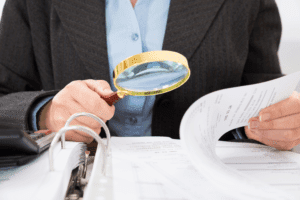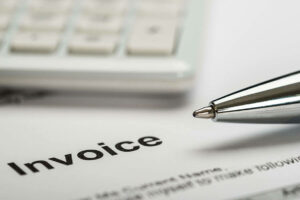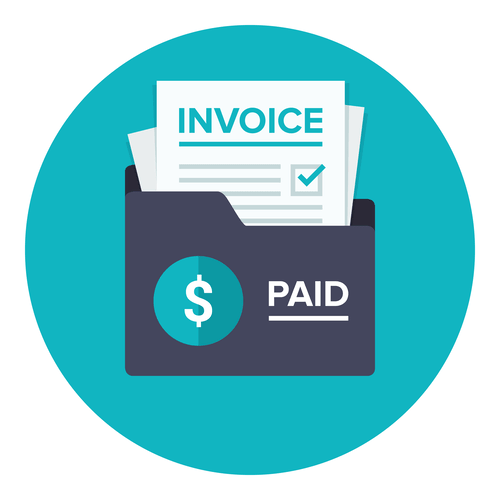
Upflow allows you to automate your receivable process to get paid more easily and faster. Automating these tasks frees your AR team to focus on executing more strategic, value-added work. Team members can focus their attention on uncovering the causes of payment delays and working with customers to better understand their needs. Sandra Habiger is a Chartered Professional Accountant with a Bachelor’s Degree in Business Administration from the University of Washington. Sandra’s areas of focus include advising real estate agents, brokers, and investors.
- In other words, doubtful accounts, also known as bad debts, are an estimated percentage of accounts receivable that might never hit your bank account.
- The major problem with the direct write-off is the unpredictability of when the expense may occur.
- In order to do that, you have to be able to demonstrate you’ve taken reasonable steps to collect the debt.
- The Pareto analysis method relies on the Pareto principle, which states that 20% of the customers cause 80% of the payment problems.
- A bad debt expense is defined as the total percentage of debt or outstanding credit that is uncollectable.
- When you finally give up on collecting a debt (usually it’ll be in the form of a receivable account) and decide to remove it from your company’s accounts, you need to do so by recording an expense.
How to calculate and record the bad debt expense

Recording uncollectible debts will help keep your books balanced and give you a more accurate view of your accounts receivable balance, net income, and cash flow. With accounting software like QuickBooks, you can access important https://www.bookstime.com/ insights, including your allowance for doubtful accounts. With such data, you can plan for your business’s future, keep track of paid and unpaid customer invoices, and even automate friendly payment reminders when needed.
- Most businesses use accrual accounting as it is recommended by Generally Accepted Accounting Principle (GAAP) standards.
- You would also reduce your receivables by the amount of allowance on the balance sheet.
- It means simply manually recording your bad debt as an expense, as they occur.
- Because a small portion of customers will likely end up not being able to pay their bills, a portion of sales or accounts receivable must be ear-marked as bad debt.
How Do You Record Bad Debt Expense?
Bad debt represents a genuine material threat to the liquidity of your business. The direct write off method involves a direct write-off to the receivables account. When it’s clear that a customer invoice will remain unpaid, the invoice amount is charged directly to bad debt expense and removed from the account accounts receivable. The bad debt expense account is debited, and the accounts receivable account is credited.
- There is no allowance, and only one entry needs to be posted for the entry receivable to be written off.
- Another method for estimating bad debt is through the utilization of the account receivable aging technique.
- As a small business owner, you rely on accurate bookkeeping to ensure you run a profitable enterprise.
- This is calculated based on the estimated uncollectible amount and is recorded as an expense on the income statement.
- In addition to streamlining internal and external communications, AR teams can automate their invoicing, collections, payment processing, and cash application workflows.
How is Bad Debt Expense calculated?
By estimating the amount of bad debt you may encounter, you can budget some of your operational expenses, as an allowance account, to make up for some of your losses. Yes, bad debt expense can be adjust if new information indicates that the initial estimate was inaccurate. Adjustments are make to ensure that financial statements accurately reflect the expect losses from uncollectible accounts. Bad debt expense is the amount of money that a company expects to lose from credit sales that will not be collect. This expense is record on the income statement and helps companies anticipate and manage potential losses.
To account for this possibility, businesses create an allowance for doubtful accounts, which serves as a reserve to cover potential losses. The percentage of sales method assigns a flat rate to each accounting period’s total sales. Using previous invoicing data, your accounting team will estimate what percentage of credit sales will be uncollectible. In particular, your allowance for doubtful accounts includes past-due invoices that your business does not expect to collect before the end of the accounting period. In other words, doubtful accounts, also known as bad debts, are an estimated percentage of accounts receivable that might never hit your bank account.
This situation represents bad debt expense on the side that is not going to collect the funds they are owed. The major problem with the direct write-off is the bad debt expense calculator unpredictability of when the expense may occur. Consider a company that has a single customer that has a material amount of pending accounts receivable.
Direct write-off method example


Leave a Reply